In Spring 2022, the front line passed through the town, and active fighting lasted for months. Today, not a single house survives undamaged.
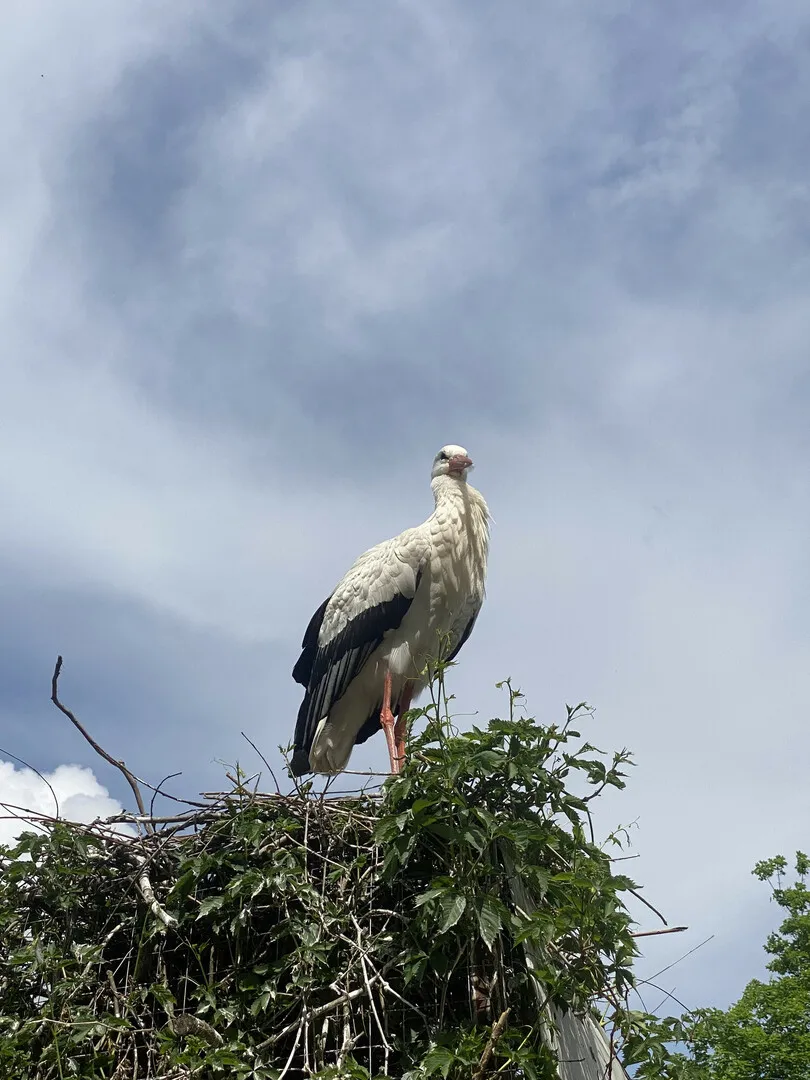
A stork on a nest, a symbol of returning to an abandoned home. All photos: Halyna Bilak/CARE
A stork on a nest, a symbol of returning to an abandoned home. All photos: Halyna Bilak/CARE
In Spring 2022, the front line passed through the town, and active fighting lasted for months. Today, not a single house survives undamaged.
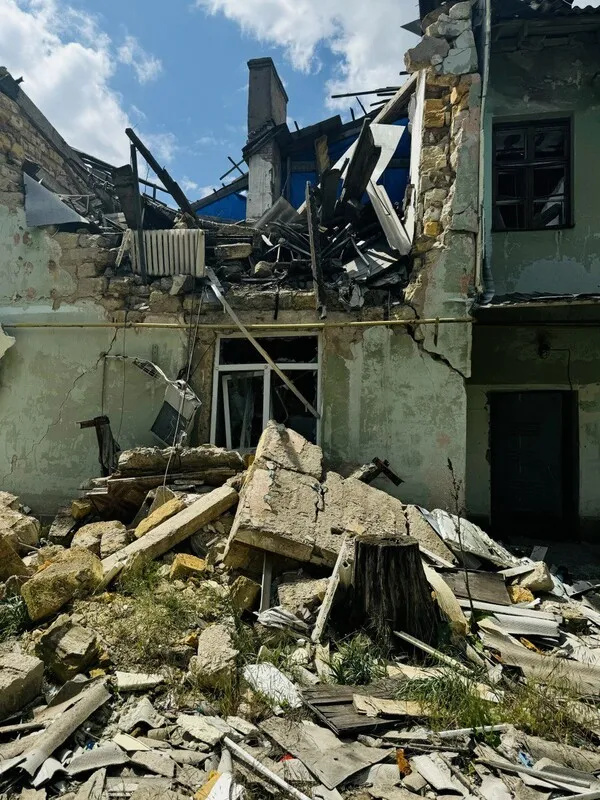
“We lived in the basement for more than a month, and only in the morning, when the shelling subsided a bit, we would run to the apartment to take a shower or get some of our things,” says Kateryna, 37. “We slept on pallets, along with all the neighbors. There were 12 of us living in a [160 square foot] basement. But we did not want to leave until the last moment. We fled Donetsk in 2014. We started life from scratch here, and it was very scary to lose everything again.”
But when the house was damaged and the shelling intensified, Kateryna, her husband Serhii, 52, and daughter Yevheniia, 15, finally left.
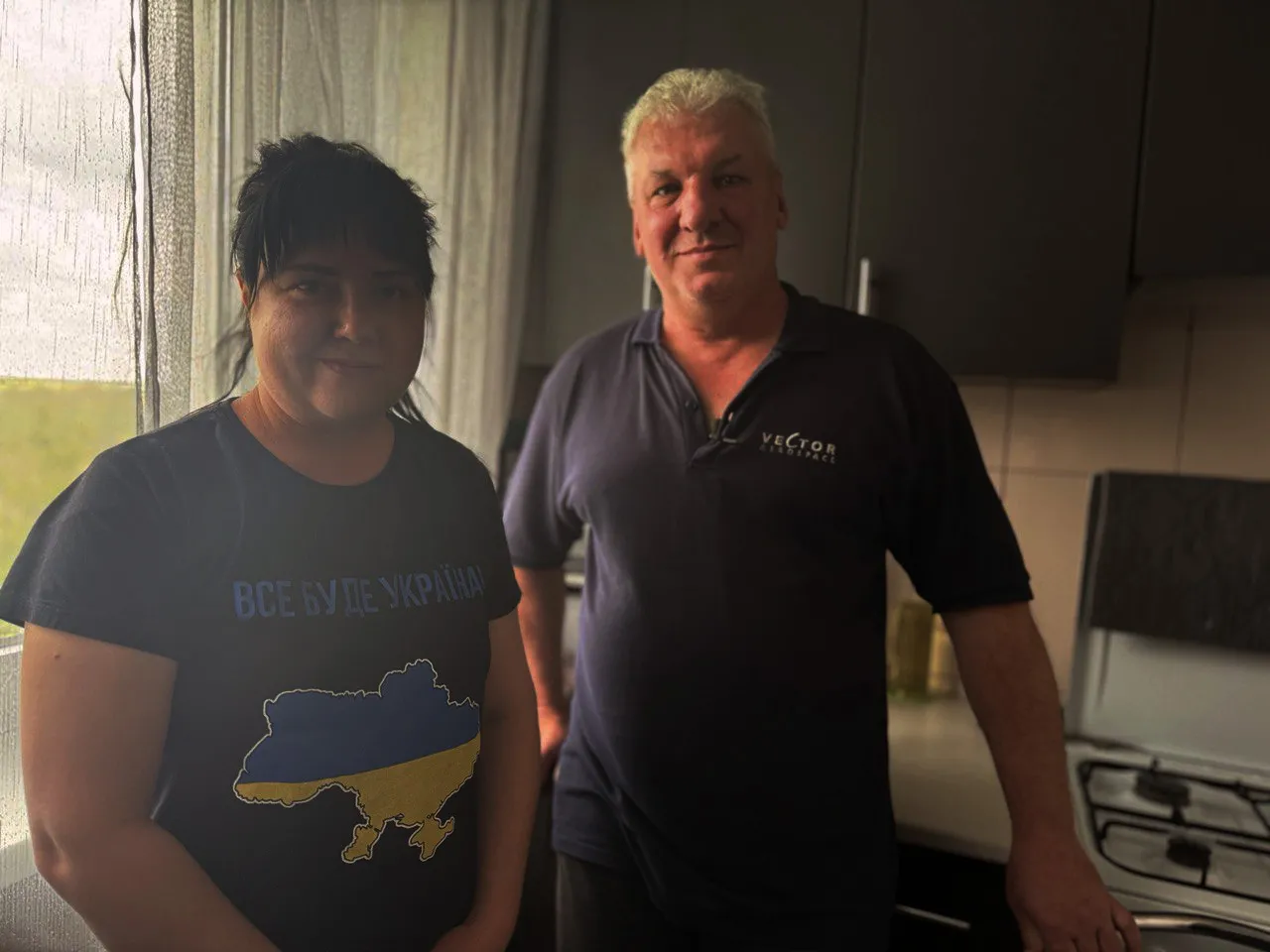
“On the way, we learned that a piece of shrapnel had hit our garage,” Serhii adds. “If we hadn’t left that day, we would have had no chance of leaving, because the car would have definitely not survived.”
They lived in the Lviv region for almost a year, and in June 2023 they decided to return home
“When we got back to our apartment, we didn’t have a single window left,” Kateryna says. “There were pigeons on the balcony. A piece of shrapnel flew through the entire apartment and landed in the child’s bed. By some miracle, it did not catch fire, otherwise we would have no place to go back to.”
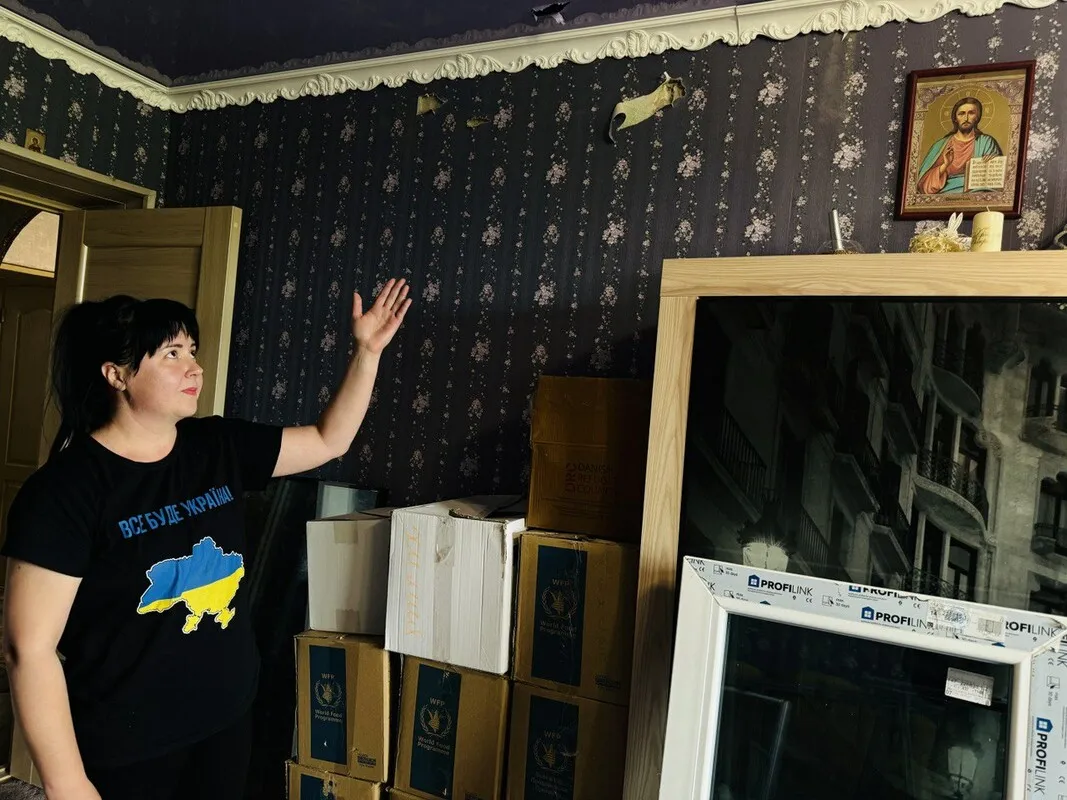
CARE, together with partners from the Response Consortium, supported by USAID’s Bureau for Humanitarian Assistance (BHA), is replacing windows in Luch.
“We selected three communities and assessed the damage,” says Anna Vaslyenko, regional coordinator of Stabilization Support Services in southern Ukraine. “Unfortunately, a lot of buildings need major repairs, and we are only doing light repairs to replace windows and roofs. We have identified 12 apartments in this town.”
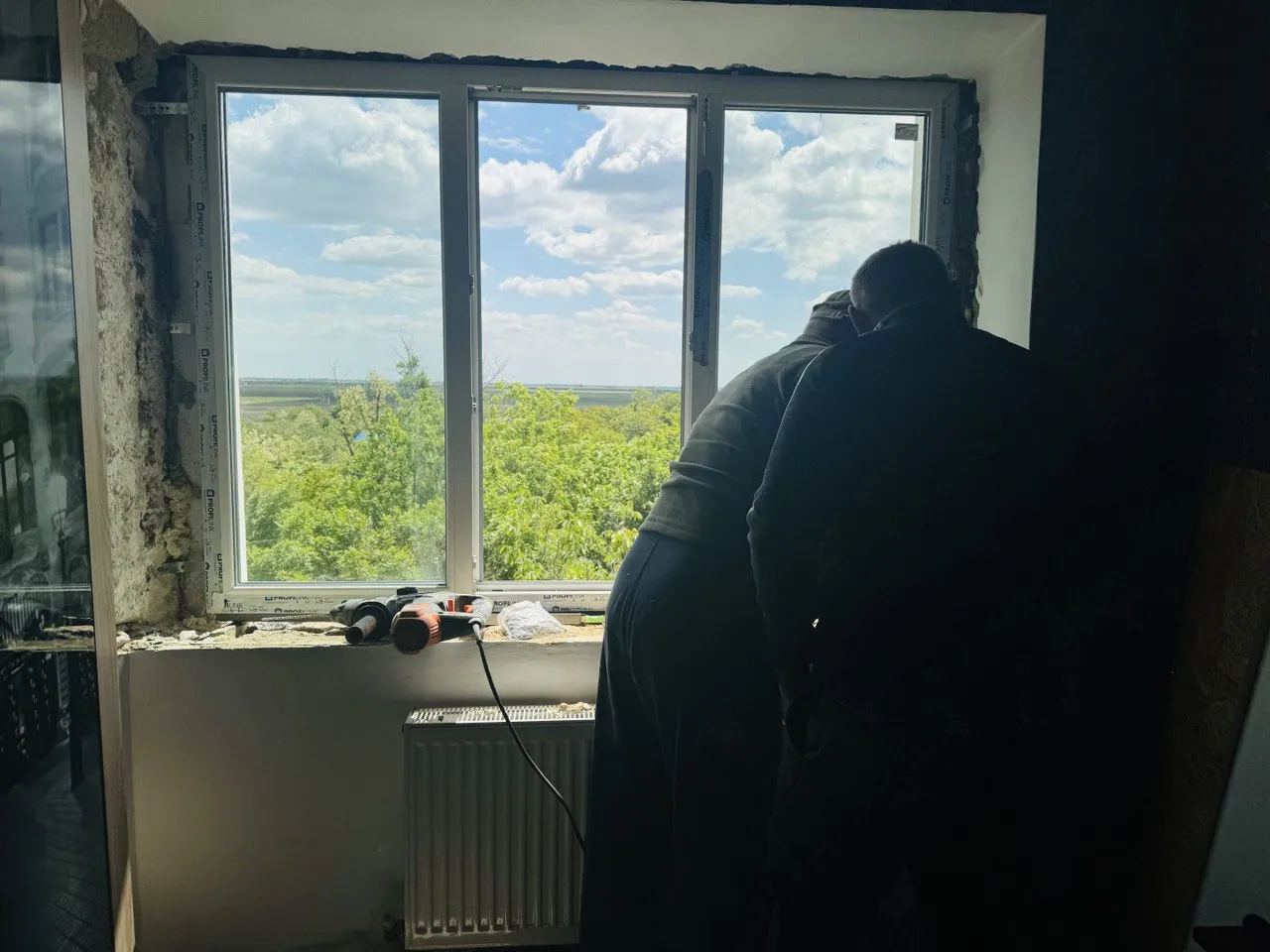
According to local coordinator Svitlana Ginzhul, people are only returning — slowly — now that they have some help repairing their homes, as well as help with living expenses.
“Now we have electricity and gas back, and water is being brought in,” she says. “The Internet connection is being restored.
“However, the school and kindergarten here are destroyed. Public transportation runs very rarely because there are no passengers. There is no work here, and people cannot get to the city because they have no means of transportation. Therefore, humanitarian aid and pensions are the only way to survive here. About 25 percent of the people who return do so because of [CARE] support.”

Leonid, 81, has come to Luch to look at the new window that was recently installed in his apartment. He opens the window and listens to the birds singing.
“I live alone, I get a small pension, and I definitely could not afford new windows,” he says. “And you can’t stay in a shelter for long either.”
He says he hopes to return to live here for good soon.

But he hasn’t yet returned home. He is still living in Mykolaiv, where the cost of his commute alone is 800 hryvnias (roughly $20), a quarter of his pension.
CARE and partners are working to improve the humanitarian situation in the region and support all those affected. The scale of the destruction here, the financial and emotional exhaustion caused by prolonged displacement, and the instability of the front line, still hold people back from returning. Since March 2022, CARE has restored nearly 2,000 Ukrainian homes, like Leonid’s.
Outside his new window, the birds continue to pierce the plastic and build homes where no families are nesting. Not yet.